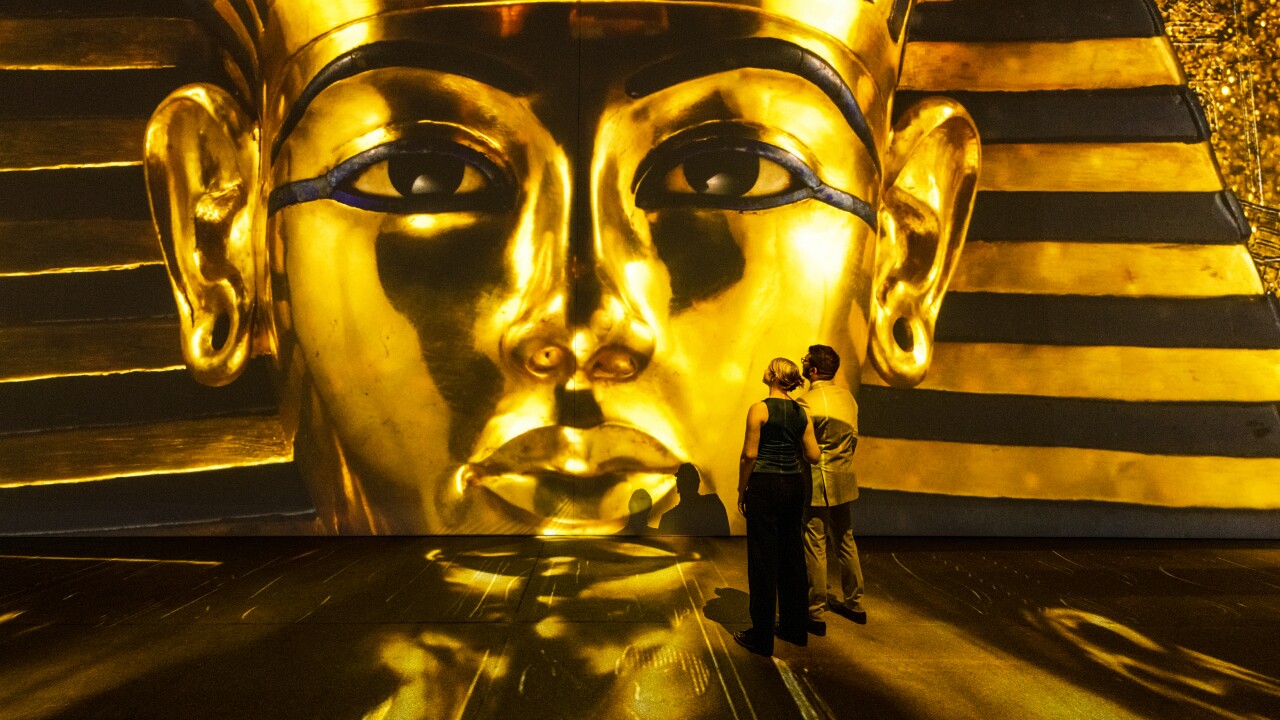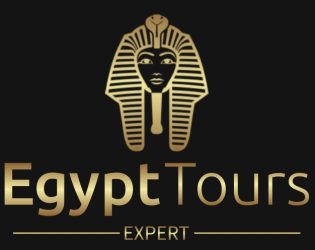
Within the realm of ancient Egyptian symbols, the Was scepter stands as a remarkable emblem of authority, power, and divine rulership. Carried by gods, goddesses, and pharaohs alike, this distinctive staff adorned with a striking head and symbolic elements encapsulated the essence of leadership and dominion in ancient Egyptian society. Join us as we delve into the captivating story of the Was scepter, uncovering its symbolism, mythological connections, and enduring legacy.
1. Symbolic Representation
The Was scepter is characterized by its unique form—a straight staff with a head resembling a combination of a ceremonial mace and an animal’s head, often that of an animal such as a Seth animal or a canine. This head is often topped with an ankh symbol, further enhancing the scepter’s symbolism.
2. Mythological Significance
The Was scepter’s significance is deeply woven into the mythological fabric of ancient Egypt. It is linked to the gods and goddesses who embodied the principles of authority, order, and divine rulership. The scepter’s design often incorporated heads of deities, and its symbolism was closely tied to the roles these deities played in maintaining cosmic balance and guiding mortal affairs.
3. Emblem of Authority
The Was scepter served as a symbol of authority and rulership, signifying the pharaoh’s dominion over both the mortal realm and the divine realm. It was often depicted being held by pharaohs in reliefs, statues, and hieroglyphs, signifying their divine right to govern and their connection to the gods.
4. Connection to Gods and Goddesses
Various deities were associated with the Was scepter, each representing different aspects of authority and dominion. For example, the god Set, often depicted with a Seth animal head on the scepter, represented the divine force of chaos harnessed by the pharaoh for the sake of maintaining order.
5. Rituals and Ceremonies
The Was scepter played a role in ceremonial and religious contexts. It was utilized in rituals that affirmed the pharaoh’s role as a divine intermediary, ensuring the harmony between the mortal world and the divine realms. Additionally, the scepter was employed in funerary contexts, symbolizing the pharaoh’s ongoing power and protection in the afterlife.
6. Symbolism of Elements
The ankh symbol atop the Was scepter further deepened its symbolism. The ankh represented life and immortality, suggesting that the ruler’s authority extended beyond the boundaries of life and into the realm of the afterlife.
7. Enduring Legacy
The Was scepter’s legacy extends beyond its use in ancient times. Its representation of power and dominion continues to captivate modern imagination, finding its way into various forms of art, literature, and even contemporary spiritual practices.

